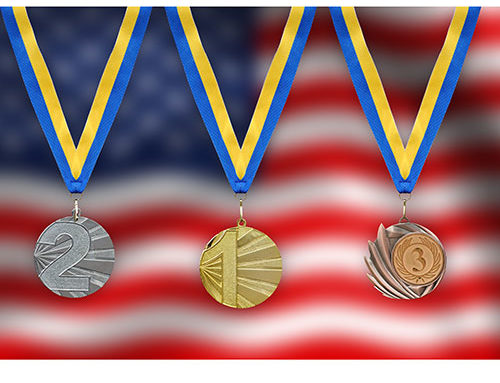I’m certainly not one to go throwing out perfect tens, but I’d have to say that Kohei Uchimura’s high bar routine from the all-around at this weekend’s Japan Cup may be the best high bar routine ever done. In my book, it was a ten.
Kohei Uchimura High Bar 2011 Japan Cup All-Around
It’s a perfect example of how many different ways you can sit back and analyze a routine. We could say that a couple of his Rybalko skills didn’t finish perfectly in handstand, and we could say the Takamoto full was slightly past the handstand as well. Perhaps there was the slightest hint of a pike in his Yamawaki release. And if we stare at his legs closely enough on his “taps” for his releases and dismount, we could detect a minor bend. On one hand, we could say it isn’t wrong to detect these and to note them on your paper if you’re judging the routine; in fact, this is what our Code of Points requires.
But there’s another way to analyze this routine that would disregard these miniscule flaws as being so irrelevant to the value of the routine that they would have no impact whatsoever on the final evaluation. It’s an artistic approach that appreciates the “whole” of a performance as greater than the sum of its parts. It’s not that this artistic approach “misses” the imperfections detected by the objective approach above, but rather it accepts and even appreciates these flaws as part of a much larger objective and a natural consequence of individual human style and interpretation. This approach accounts for those aspects of a routine that can’t be quantified by a number, a value part, a deduction, or even a lack of a deduction; it essentially captures the overall “essence” of a routine without reducing it to mere mathematics.
The 8.95 fails to capture everything this routine is about…the fluidity, the flight, the “freeness”, the effortlessness, the beauty…the perfection. His releases hang in the air as if to suspend both time and gravity, and meet the bar again with absolute extension and freedom of swing. His big toes are pointed and together on his full-twisting Kovacs, for crying out loud. His double-double glides through the air and floats to the ground as delicately as a swan landing on water.
His 8.95 (15.65 final score) certainly didn’t keep him from dominating the all-around. In fact, he scored nothing less than his 15.05 on pommel horse across all six events, and his total of 93.15 was over three and a half points higher than his nearest competitor. But it says something about the sport’s current state of affairs when the judges won’t even throw out a 9.0 execution score for a routine that looks like it belongs in some sort of gymnastics museum.
It is routines like these that remind us what gymnastics is all about; that behind all of the skill values, D-scores, E-scores, and deductions, every routine paints a much bigger picture. If you truly want to appreciate our sport for what it is, you must look past all of the numbers and search for that bigger picture yourself. If you don’t, you’ll unfortunately miss the boat…just like our Code of Points does.



I agree! It is the most beautiful routine I have seen, so fluid and graceful. thanks for the post!